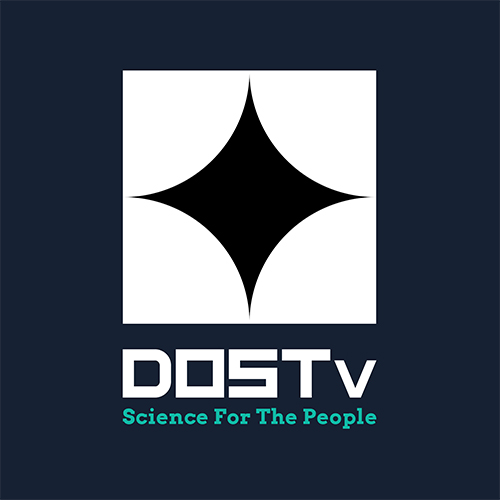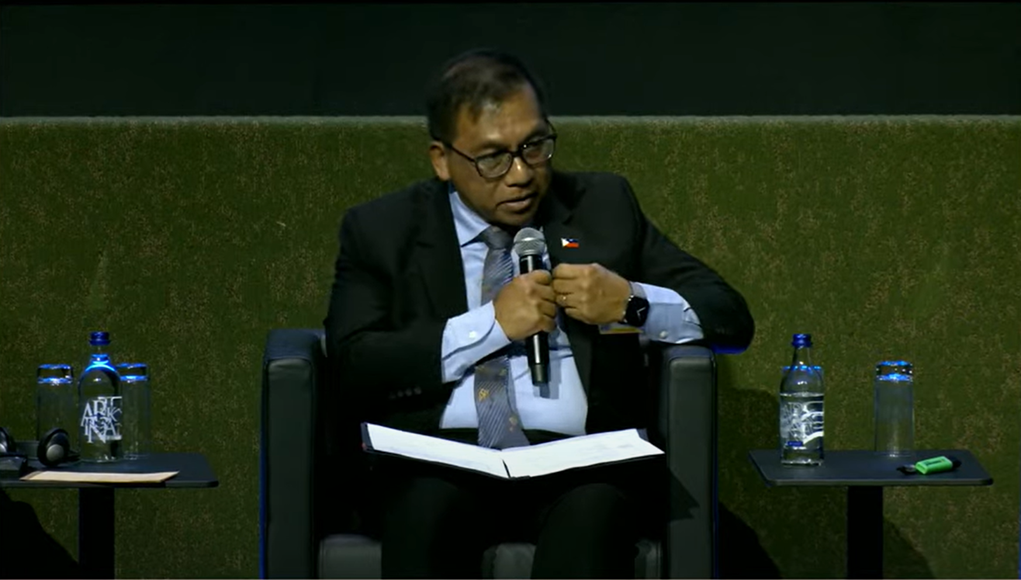
Disasters in the Philippines present a complex and interconnected challenge. Each solution reveals new difficulties, and there is no single answer to the country's multifaceted risks. Constant exposure to natural hazards has shaped the vulnerabilities, resilience, and expertise of the Philippines.
This was shared by the Department of Science and Technology (DOST) Secretary Renato U. Solidum Jr. at the World Resilient Recovery Conference held on June 03, 2025, at Geneva, Switzerland. It was held during the Preparatory Days of GP2025, succeeding the World Reconstruction Conferences as a global platform for advancing resilient recovery.
The conference focuses on a comprehensive approach that integrates societal, economic, and environmental resilience to tackle evolving disaster recovery challenges. Organized under the International Recovery Platform with partner support, the sessions will take place at CICG and CCV.
With the Philippines continually facing disasters like typhoons, floods, and volcanic eruptions, Solidum highlighted the key lessons gained from past recovery efforts—across communities and all levels of government—and how these are shaping the country’s improved disaster preparedness.
“Our first and foremost lesson: prevention and preparedness as the first line of defense against the devastating impacts of natural hazards,” shared Solidum.
Solidum explained that in the late 2024, the Philippines faced six tropical cyclones—three were under the super typhoon category—in just one month. Despite the severity, deaths were limited to 174 due to investments in early warning systems, community education, and proactive planning. However, damages totalled nearly 415 million USD, highlighting the urgent need for stronger infrastructure and improved development policies.
He added that the Philippine government sees that protecting lives and the economy starts with science-based systems, and disaster risk reduction as essential for sustainable growth.
“When we protect our wealth, we create more opportunities for everyone. Our goal is a Philippines where every community, city, municipality, and province has easy access to clear, understandable hazard and risk information. This data should be available, accessible, and actionable for all Filipinos,” explained Solidum.
Solidum shared at the plenary the GeoRisk Philippines, a comprehensive geospatial system that combines data on various hazards. This platform improves how we assess risks and plan for resilience at the local level as it provides reliable data and analytical tools.
“The Philippines champions information as a basic right and need. Accessible and practical scientific information is the cornerstone of a resilient first line of defense,” Solidum underscored.
He also said that another lesson the government and DOST have realized is that recovery is not just about restoring what was lost but also serves as a strategic entry point for prevention and mitigation—an opportunity to build back better.
“The Philippines has learned that relocating affected communities alone is often insufficient, as successful recovery requires integrating livelihood opportunities and comprehensive social support systems,” said Sec. Solidum.
Recognizing this, under the GeoRisk Philippine Initiative developed the PlanSmart Ready to Rebuild web application, a cutting-edge tool created by the Philippine Government in partnership with the World Bank. This tool uses science-based data and geospatial platforms to quickly generate detailed rehabilitation and recovery plans, enabling local governments to make smarter, faster decisions through systematic, data-driven approaches.
According to him, local government units find PlanSmart enhances their ability to anticipate recovery measures and seamlessly integrate disaster risk reduction into their broader development frameworks. By embedding resilience into recovery efforts, this innovation helps communities not only rebuild but also establish stronger foundations for sustainable growth and a better quality of life. Through this approach he said, recovery becomes a proactive process that enhances preparedness and strengthens social and economic systems for the future.
Solidum’s third and final point focuses on financing, which is crucial to turning resilience strategies into concrete actions. The Philippines emphasizes that disaster risk reduction and climate action are inseparable, with financing as the bridge between strategy and results.
“Philippines, as host of the Loss and Damage Fund Board, we champion greater coherence across global frameworks, in the Sendai Framework, the Paris Agreement, and the SDGs. We call for transparent, grant-based, non-debt-creating finance that reaches the most vulnerable, addressing both slow-onset and sudden disasters,” declared Solidum.
In closing, Solidum underscored that prevention and preparedness are the essential first steps in protecting communities, while building forward better turns recovery into lasting resilience.
“Equitable and transparent financing is crucial to support effective action. These lessons come from a deep understanding of our people's needs, especially the vulnerable, and reflect a shared commitment with other vulnerable nations to create communities that thrive, not just survive,” said Sec. Solidum.
The GeoRisk Philippines and PlanSmart are initiatives by the Department of Science and Technology (DOST) aimed at providing science-based, innovative, and inclusive solutions across four strategic pillars: human well-being, wealth creation, wealth protection, and sustainability. (Information from Rachelle Anne L Miranda of DOST-DRRCU)

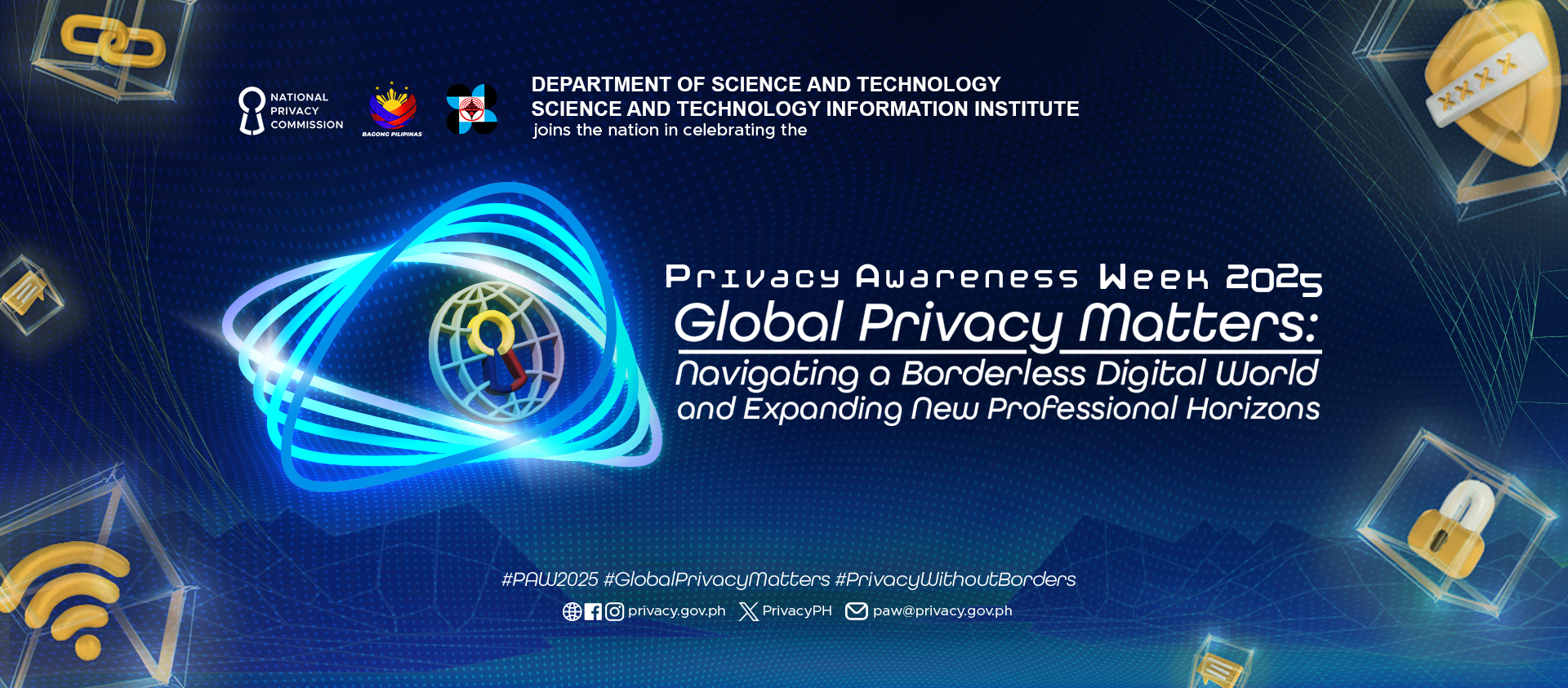
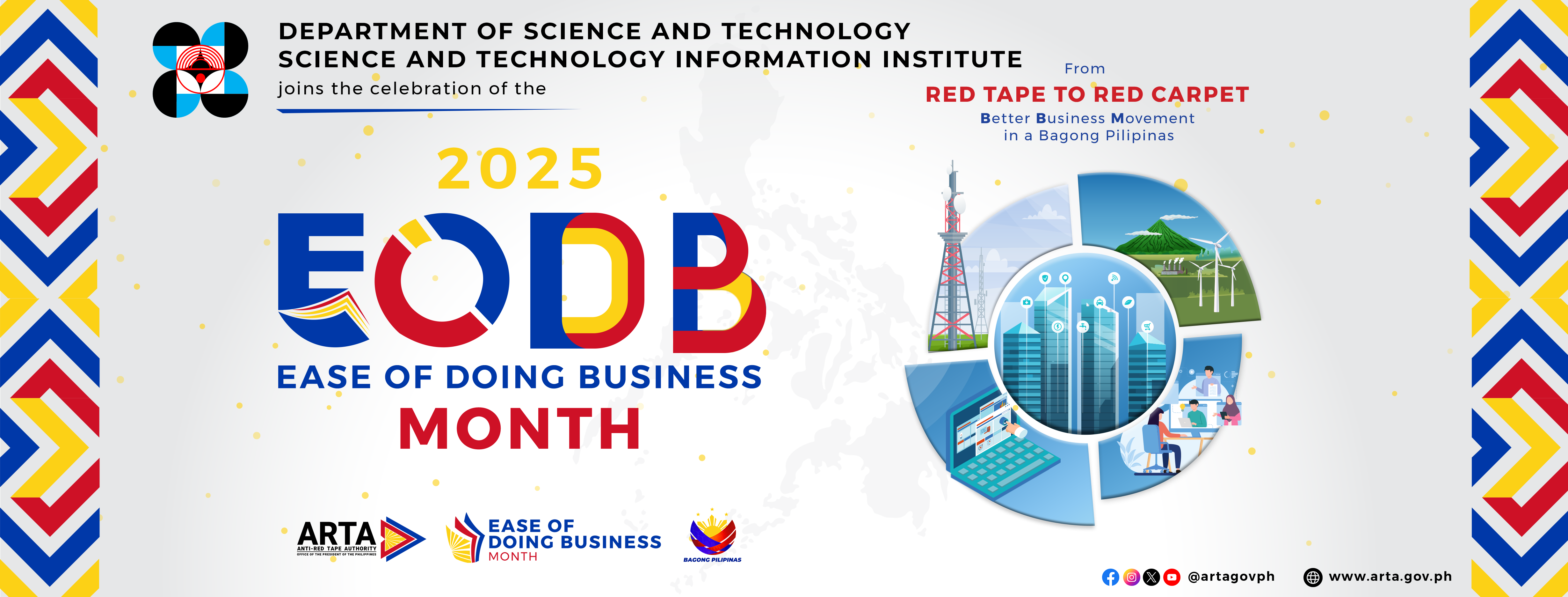
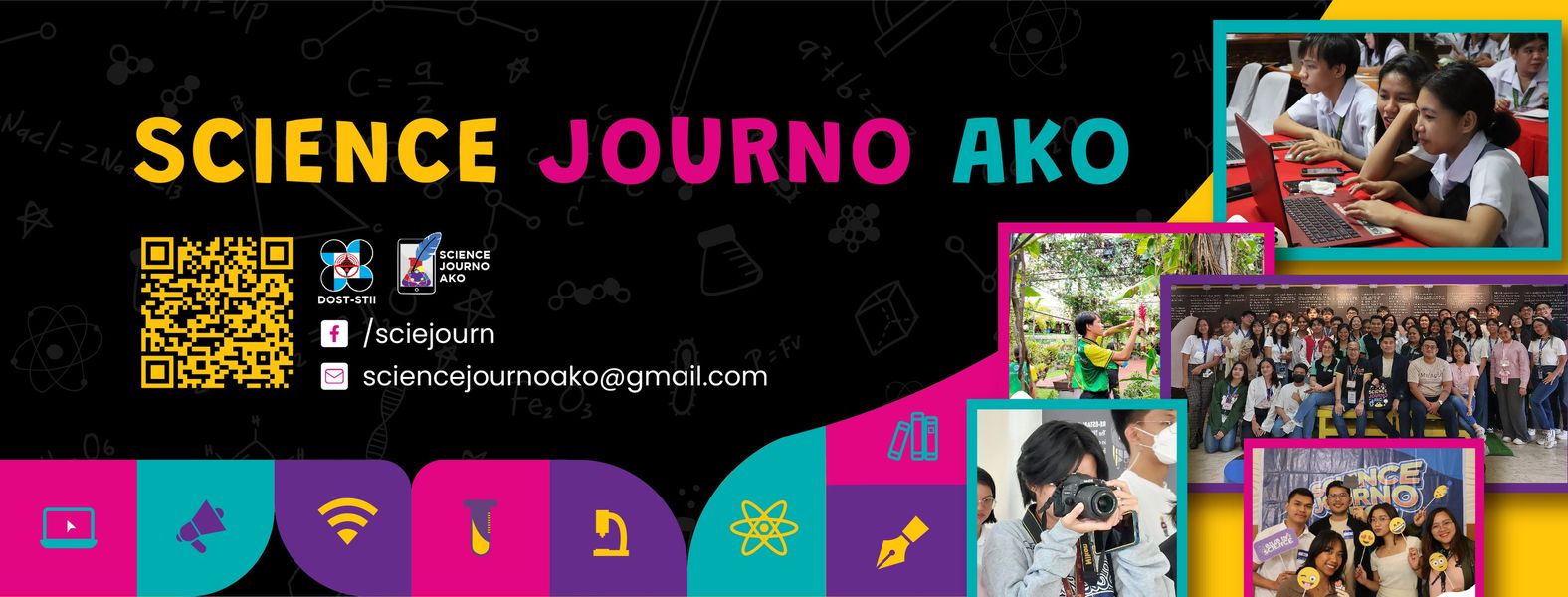
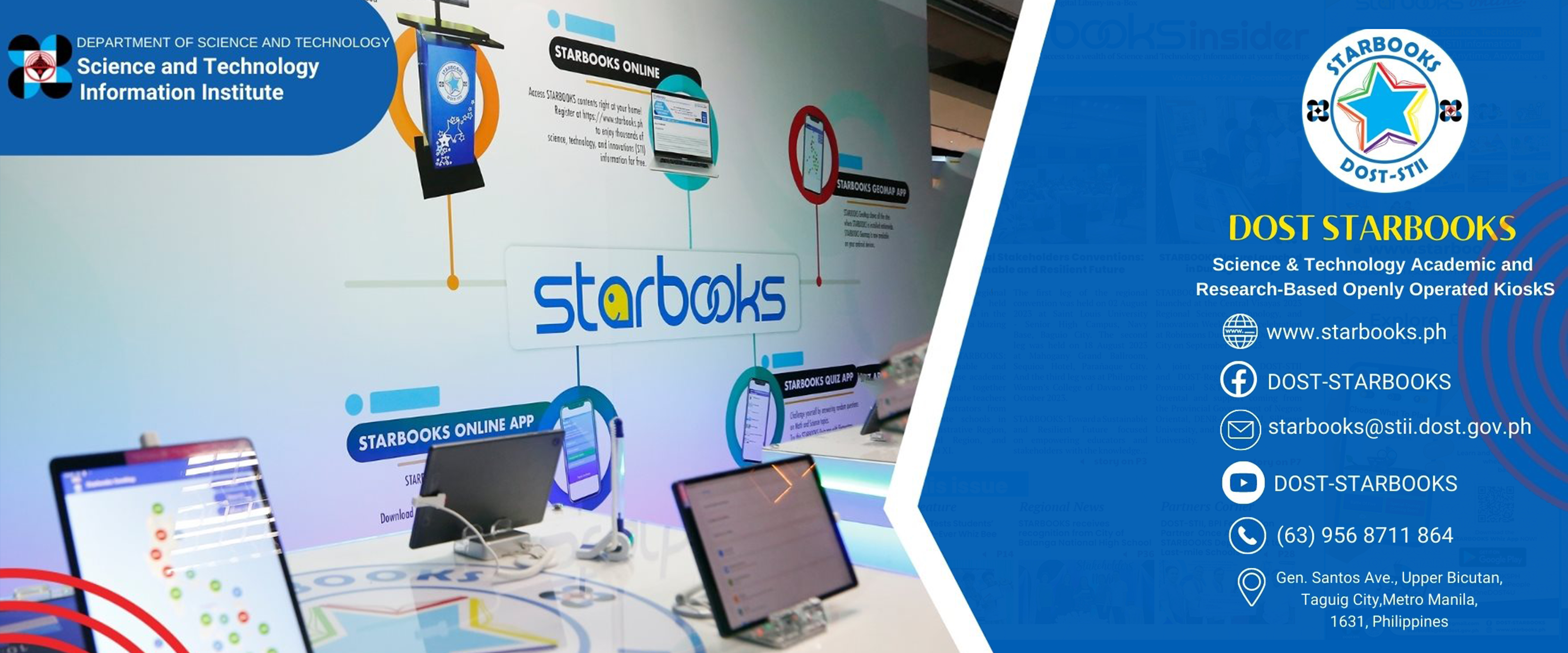


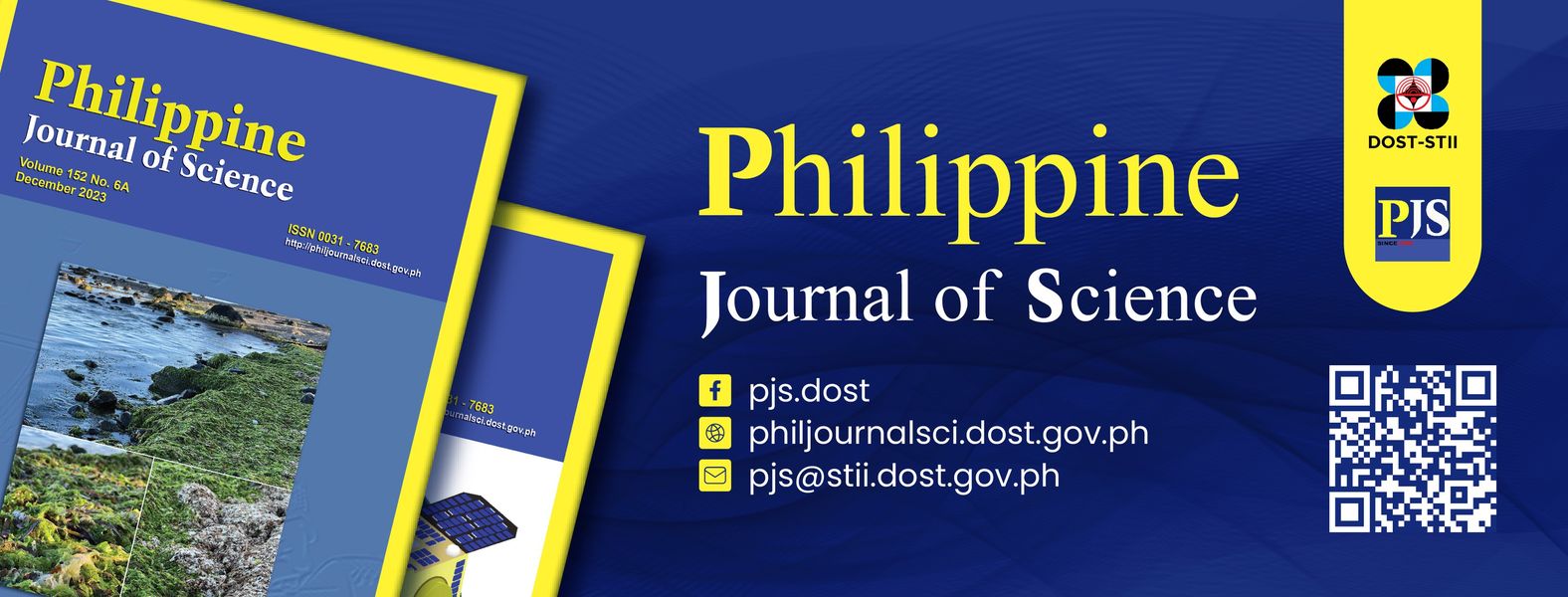
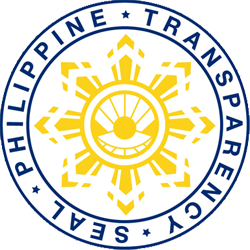
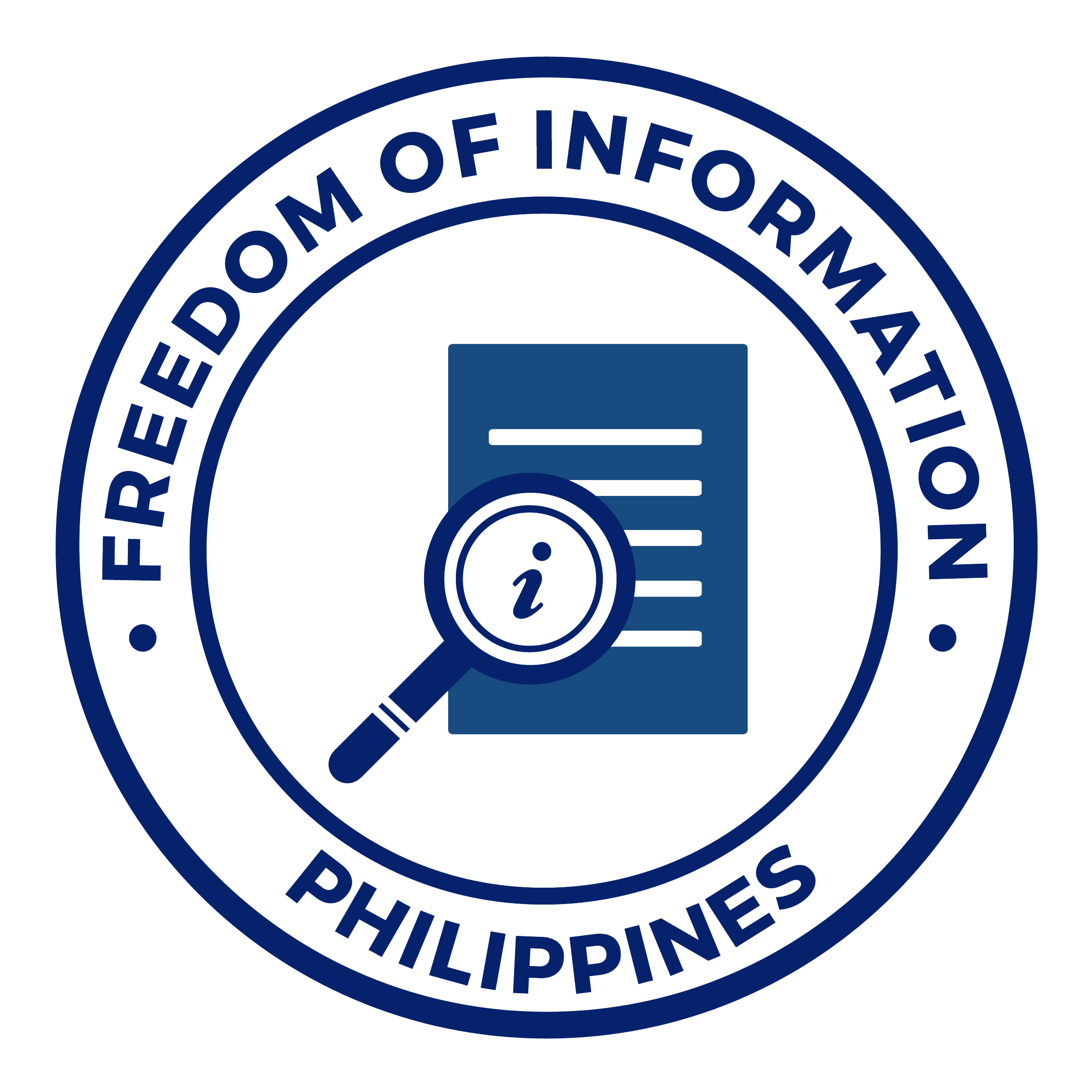
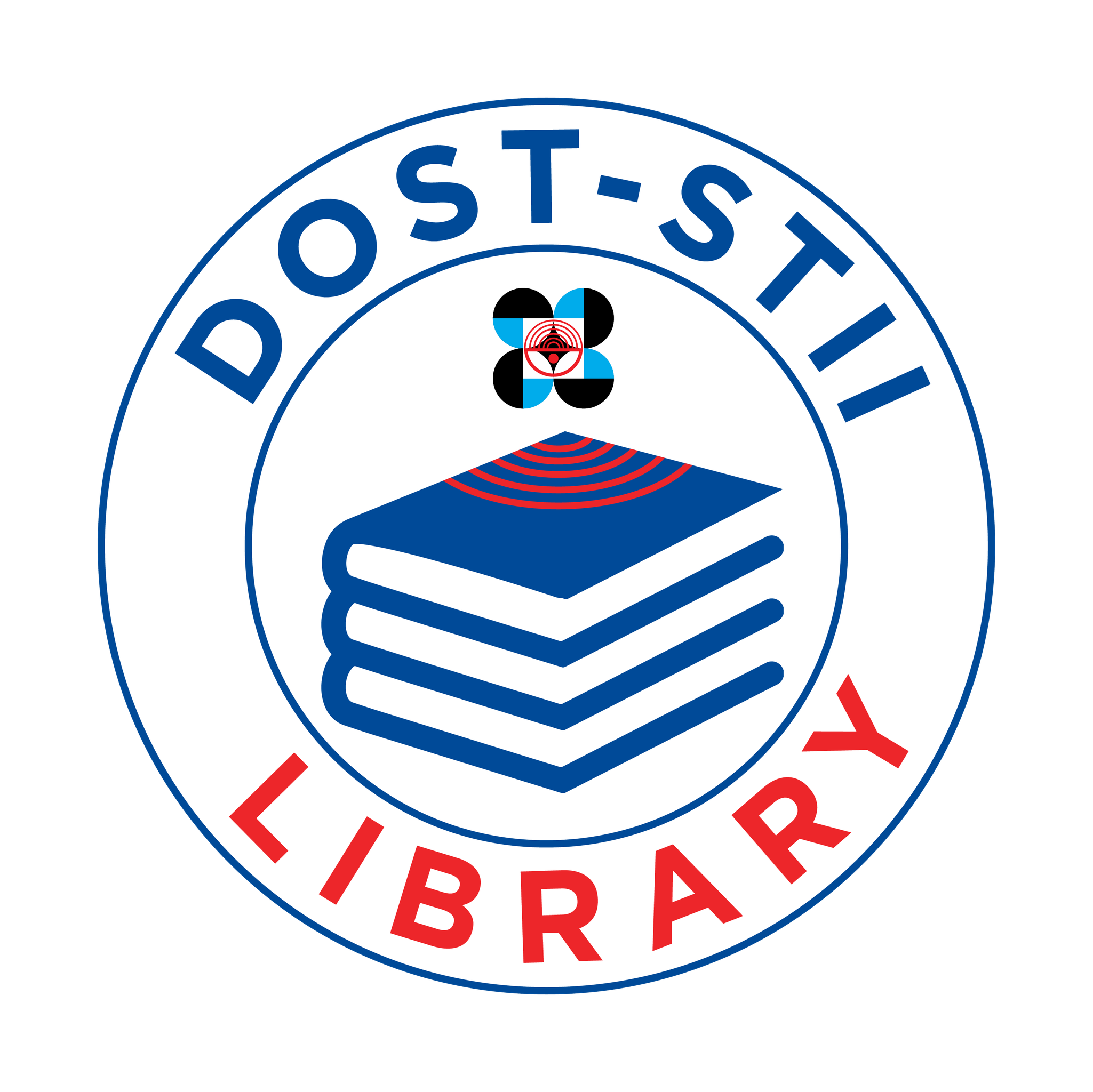

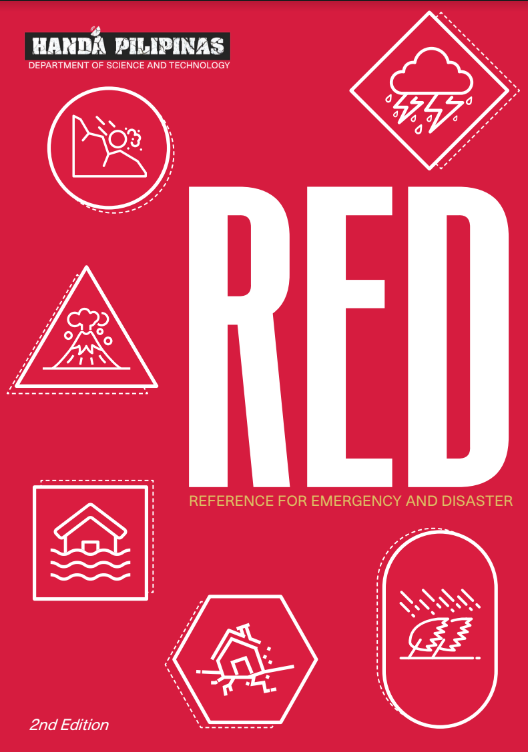
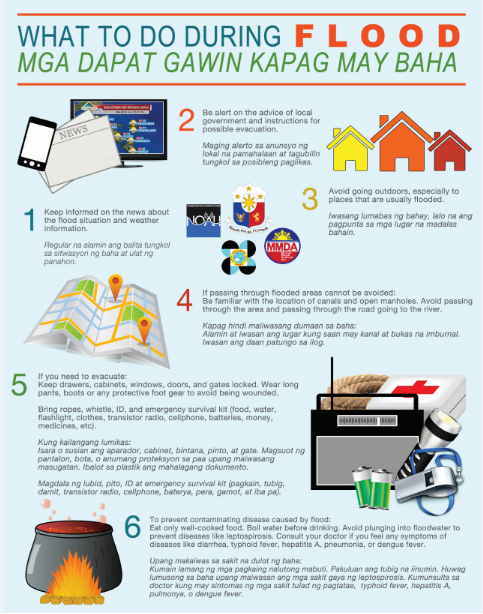
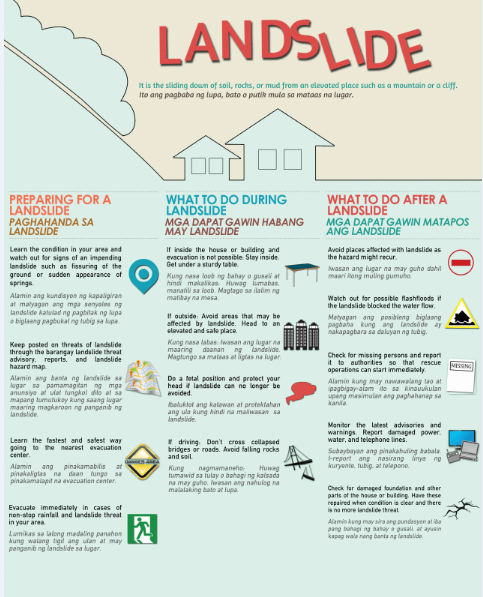
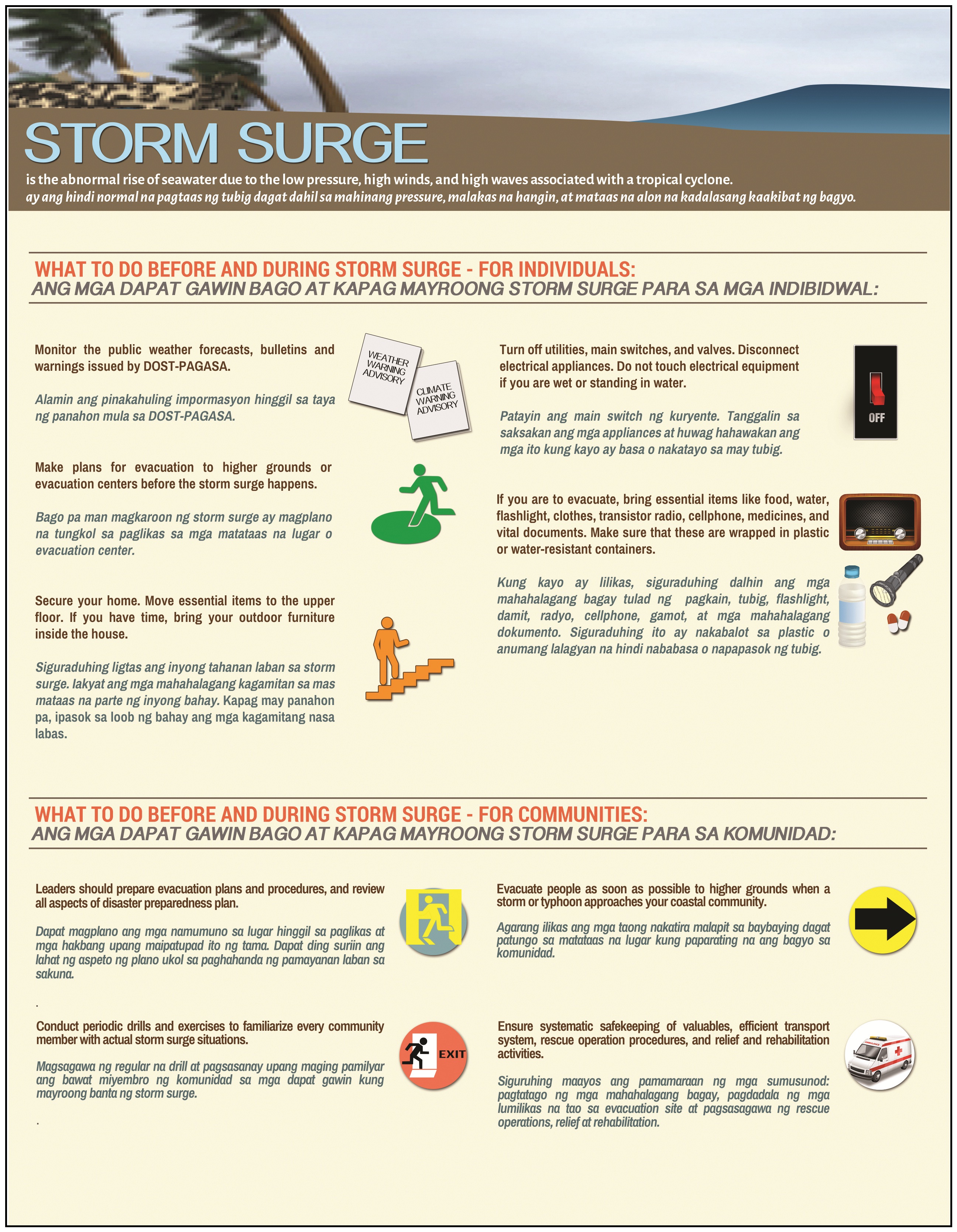
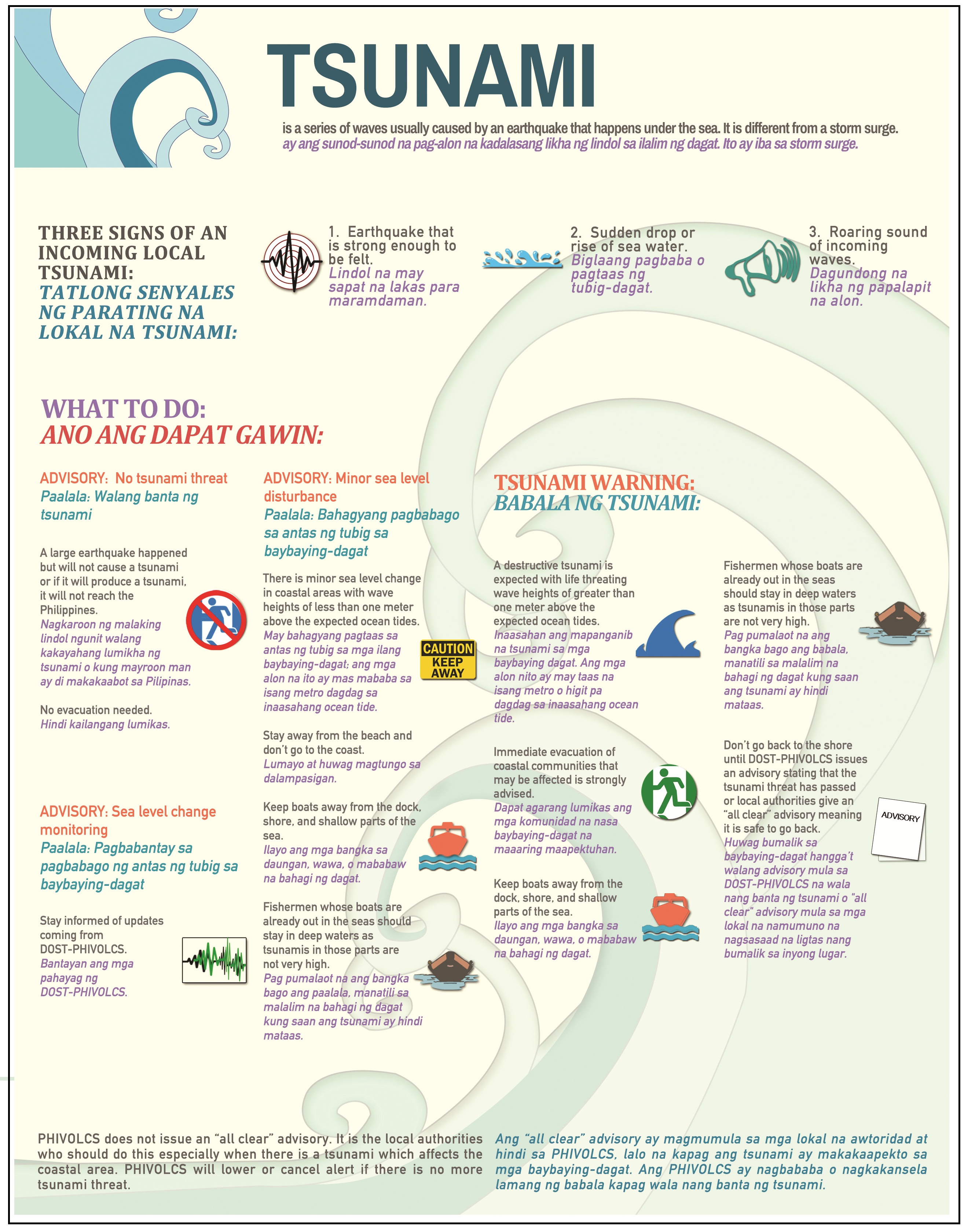
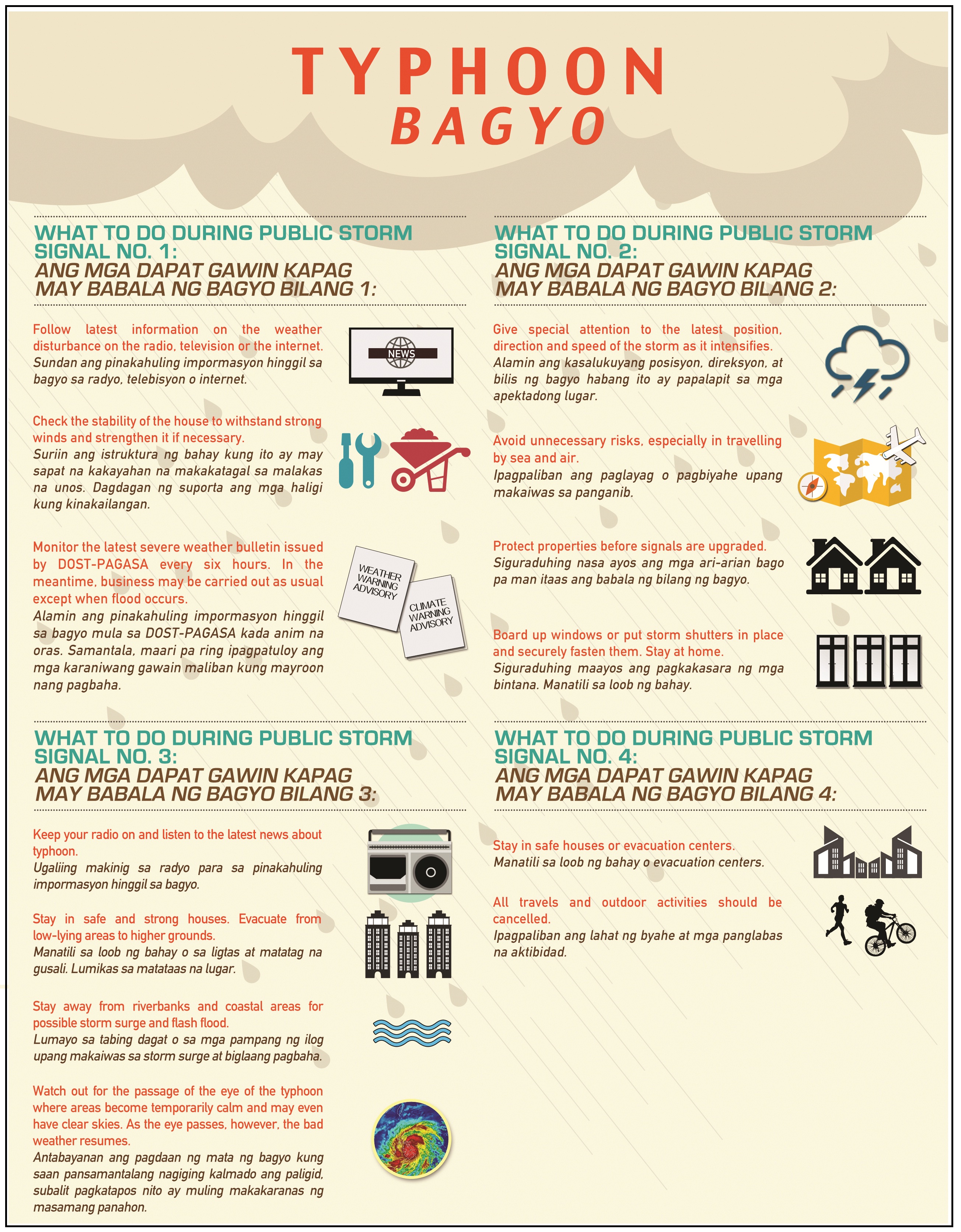
 21 in 2021 Technology Catalogue
21 in 2021 Technology Catalogue 21 in 2021 Technology Catalogue
21 in 2021 Technology Catalogue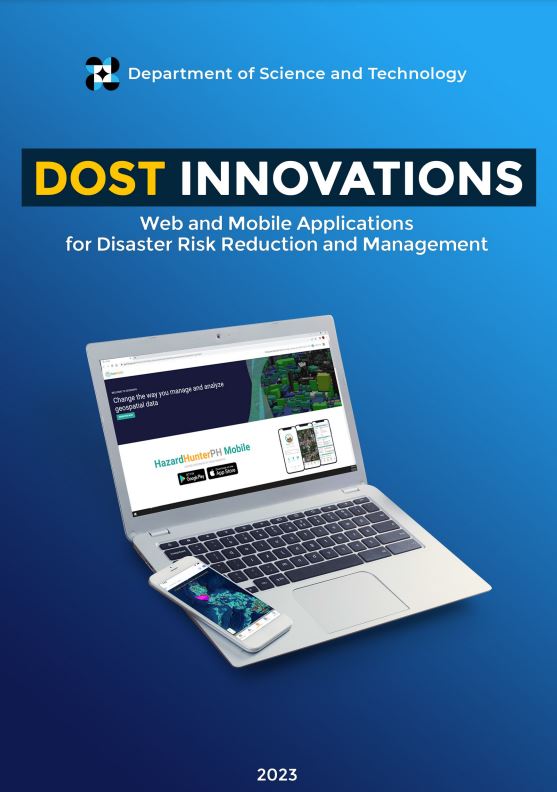 DOST Innovations - Web and Mobile Applications for Disaster Risk Reduction and Management
DOST Innovations - Web and Mobile Applications for Disaster Risk Reduction and Management